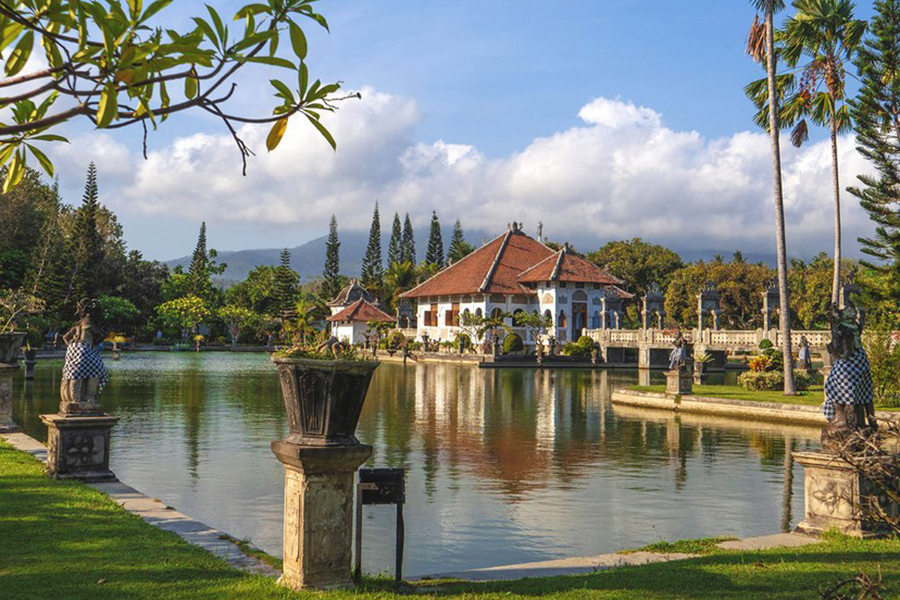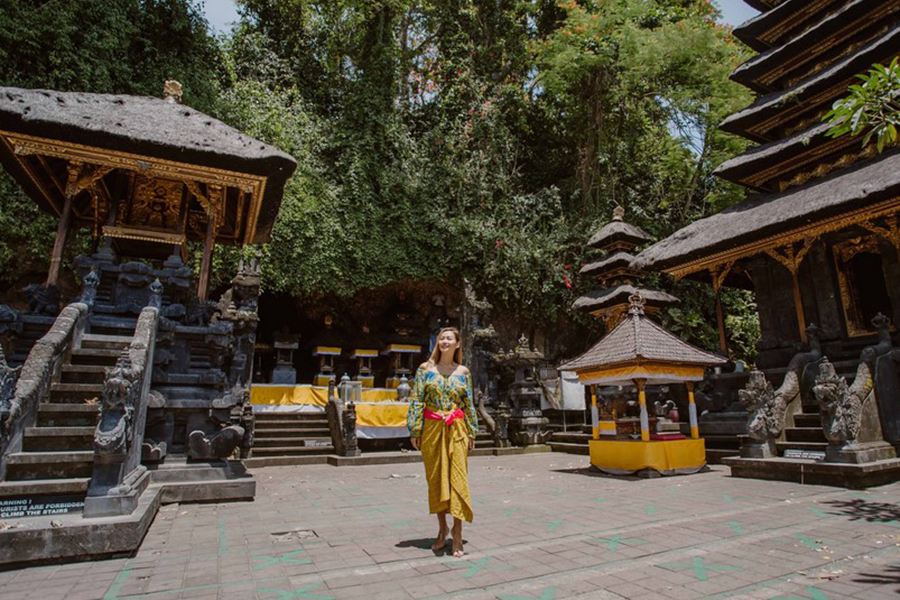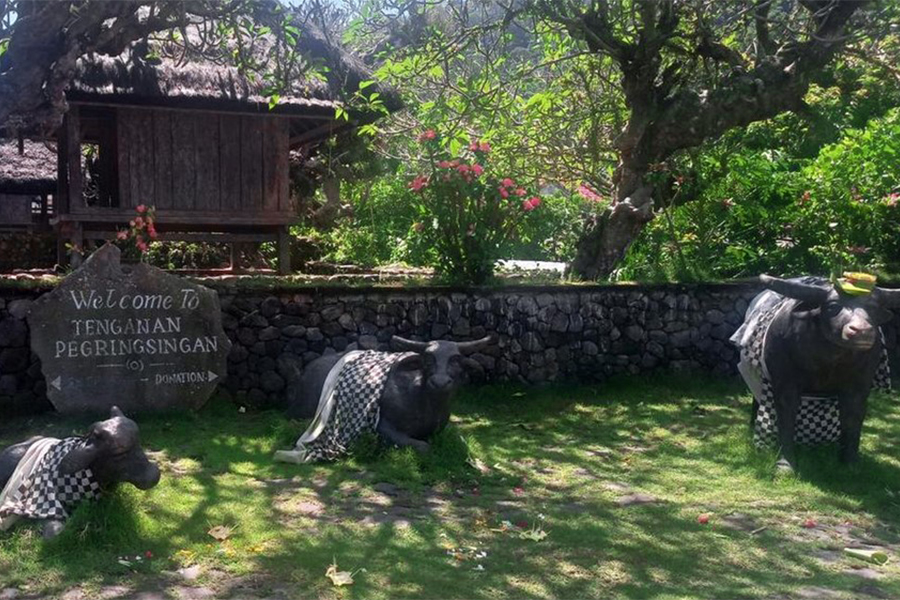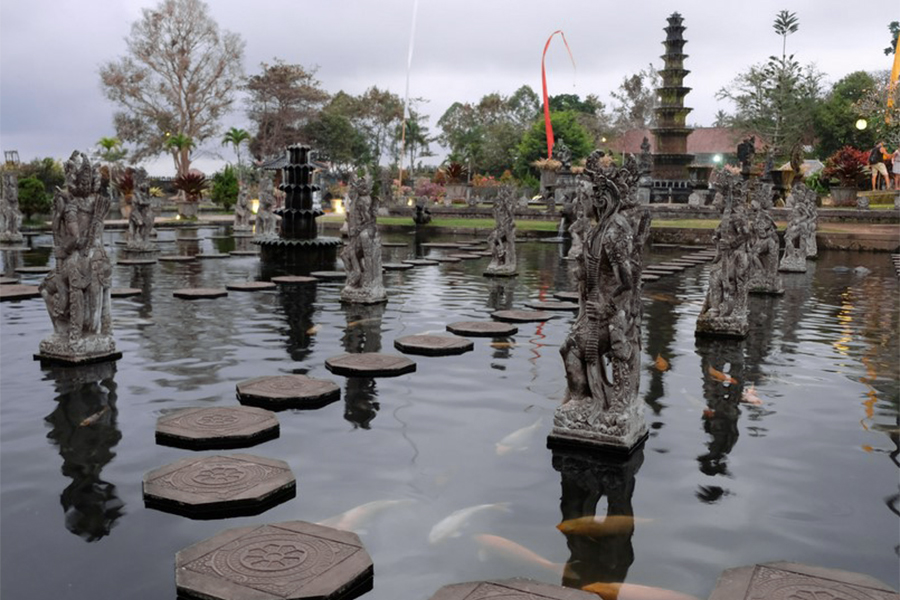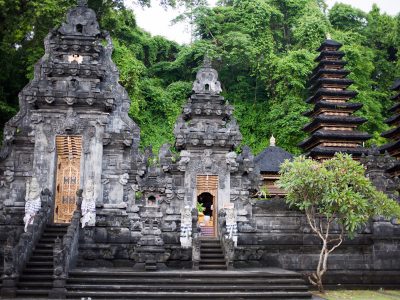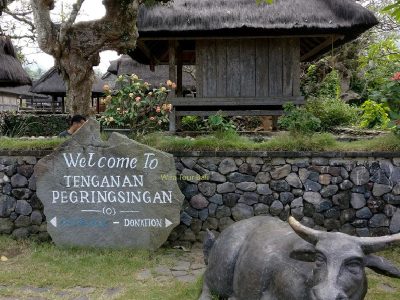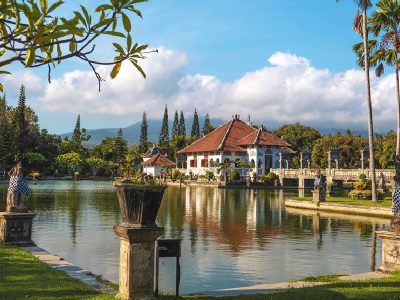East Bali Tour
Duration: 9 hours (approximately)
Highlights: Klungkung and Karangasem area
Language: The tour is originally in Indonesian and English
I remember the first time I took the East Bali tour, I had no idea what to expect. I’d been to Bali before, sure, but the Eastern part? Not so much. To be honest, I kind of thought all the action was down in Ubud or the beaches near Seminyak. Boy, was I wrong. East Bali? It’s like stepping back in time and seeing what makes this island really tick.
This Bali tour started at 8:00 AM sharp. If you’re like me and not exactly a morning person, you might need an extra coffee before heading out, but trust me—it’s worth it. The roads leading to East Bali are so much quieter compared to the hustle and bustle of Kuta or Legian. Watching the sunrise over the lush, green rice paddies? Priceless. You just kind of get into this peaceful headspace from the very start of the journey.
The Art of Batik: More Than Just Fabric
Our first stop was a Batik textile shop. I’ve seen Batik before—honestly, who hasn’t in Bali—but actually seeing it made, that was something else. The artists here work for hours on these intricate designs, hand-painting the fabric with natural dyes. I even tried my hand at it (pro tip: it's way harder than it looks). I don’t know if you’ve ever made the mistake of thinking you can DIY something you see in a shop—like I did here—but let's just say my creation wasn’t exactly gallery-worthy.
But that’s part of the charm, right? Seeing the real work and skill that goes into something like Batik makes you appreciate it a lot more. So, if you’re into textiles or even just love a good souvenir, this stop is for you. And don’t be shy about asking the artisans about their craft—they love sharing the stories behind each pattern.
Goa Lawah Temple: A Place of Worship (and Bats!)
Next up was Goa Lawah Temple, one of Bali’s most sacred sites. And when I say "sacred," I mean it—this place has been standing for over 1,000 years! It's also known as the Bat Cave Temple, and yes, there are literally thousands of bats hanging from the ceiling.
I didn’t expect to be so mesmerized by the sound of the bats—it’s this constant hum that adds a mysterious vibe to the temple. I’ve never really been one for caves, but this was different. The temple itself is still actively used by locals for prayer, so there’s a real sense of reverence here. It’s the kind of place that makes you pause and reflect.
One tip: bring a sarong, or you can rent one at the entrance. Modesty is key here, as with all temples in Bali, so come prepared.
Salt Farming in East Bali: The Forgotten Trade
I’ve always been fascinated by how different regions have their own little industries, and East Bali’s salt farmers are a prime example. We made a quick stop to see how sea salt is still harvested the old-school way. Honestly, it’s hard work! These farmers rake the sand, evaporate seawater, and then collect the salt crystals by hand. Watching them work made me realize how much we take for granted something as simple as salt on our table.
Fun fact I didn’t know before this trip: Bali sea salt is known for its high mineral content and even has a sweet note to it. If you’re into cooking (or just eating, like me), grab a bag of this artisanal salt—it’ll add a little East Bali flavor to your dishes back home.
Tenganan Traditional Village: A Glimpse into Ancient Bali
Tenganan Village was hands down my favorite part of the trip. It's one of Bali’s oldest villages, and stepping into it feels like you’ve entered a different world. The village is home to the Bali Aga people, Bali’s original inhabitants, and their way of life is still largely untouched by modernity.
What I loved about Tenganan was how quiet and serene it was. The traditional houses, the craftspeople making ikat cloth (which, by the way, takes forever to make), and the general slow pace of life all felt like a breath of fresh air. I even learned that they hold a crazy ceremony called mekaré-karé where villagers fight with thorny pandan leaves. I wasn’t there during the festival, but just hearing about it was wild.
Here’s a tip: support the local artisans by purchasing a piece of their hand-woven ikat or bamboo crafts. Not only will you be taking home a unique piece of culture, but you’re also helping preserve these ancient traditions.
Lunch at Candi Dasa: A Beachside Retreat
After all the exploring, lunch at Candi Dasa was much-needed. If you’re like me and love a good beach view while you eat, this spot’s perfect. It’s a laid-back coastal town, not too crowded, with lots of seafood options. I went for the grilled mahi-mahi and, oh my gosh, it was so fresh!
If you have time after lunch, a quick stroll along the beach is a must. There are some great little shops around, too, so it’s a good place to pick up any last-minute souvenirs.
Taman Ujung Water Palace: The Perfect End to the Day
Our last stop was Taman Ujung, also known as the Water Palace. I’d heard of it before but wasn’t prepared for just how stunning this place would be. The combination of Balinese and European architecture, with its reflecting pools and sprawling gardens, is just breathtaking.
I spent some time just walking around, soaking in the views of Mount Agung in the background. The palace is huge, so make sure you’ve got your walking shoes on! You can also climb a series of stairs to get a panoramic view of the whole estate and the ocean beyond. If you’re into photography, you’ll get some killer shots here. I’m no photographer, but even my iPhone pics looked amazing.
Heading Back to the Hotel: A Time to Reflect
On the drive back to the hotel, I couldn’t stop thinking about how different East Bali feels from the rest of the island. It’s quieter, more traditional, and less touristy—exactly what I didn’t know I needed. If you’re someone who enjoys learning about local culture and history while soaking up natural beauty, this tour is a must.
So there you have it. East Bali is like the secret Bali everyone talks about but no one really explores. If you ever get the chance to visit, do it. You’ll come away with more than just photos—you’ll leave with a deeper appreciation for the island and its rich culture.
Oh, and don't forget sunscreen!
Tour's Itinerary
Full Day East Bali Tour Itinerary :
(The tour will start at 08:00)
- Pick up at the hotel
- Visit Batik Textile
- Goa Lawah Temple
- Visit Salt Farmer
- Tenganan traditional village
- Lunch at Candi Dasa
- Taman Ujung Water Palace
- Back to hotel

